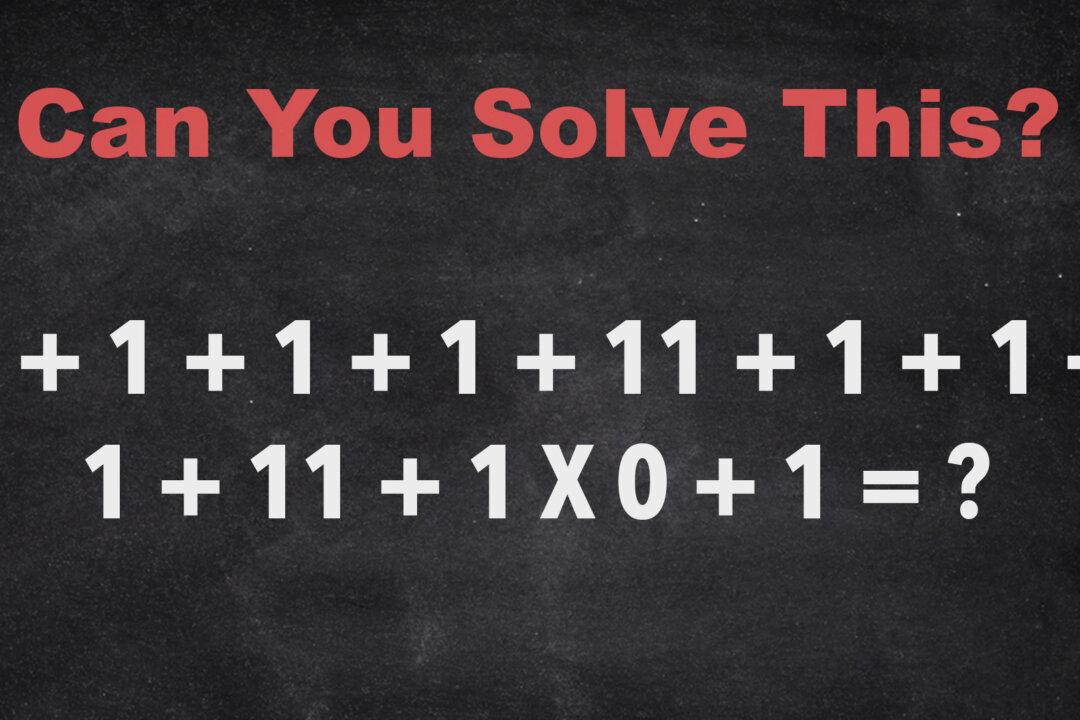To grasp arithmetic, it’s sometimes necessary to be clued-in on certain tips, tricks, and principles, as this subject isn’t always totally straightforward. To that end, we’ve got the perfect challenge for you.
Take a look at this simple-seeming math problem below. At first glance, you may think the answer is obvious, but getting it right relies on more than meets the eye. Can you solve it?





